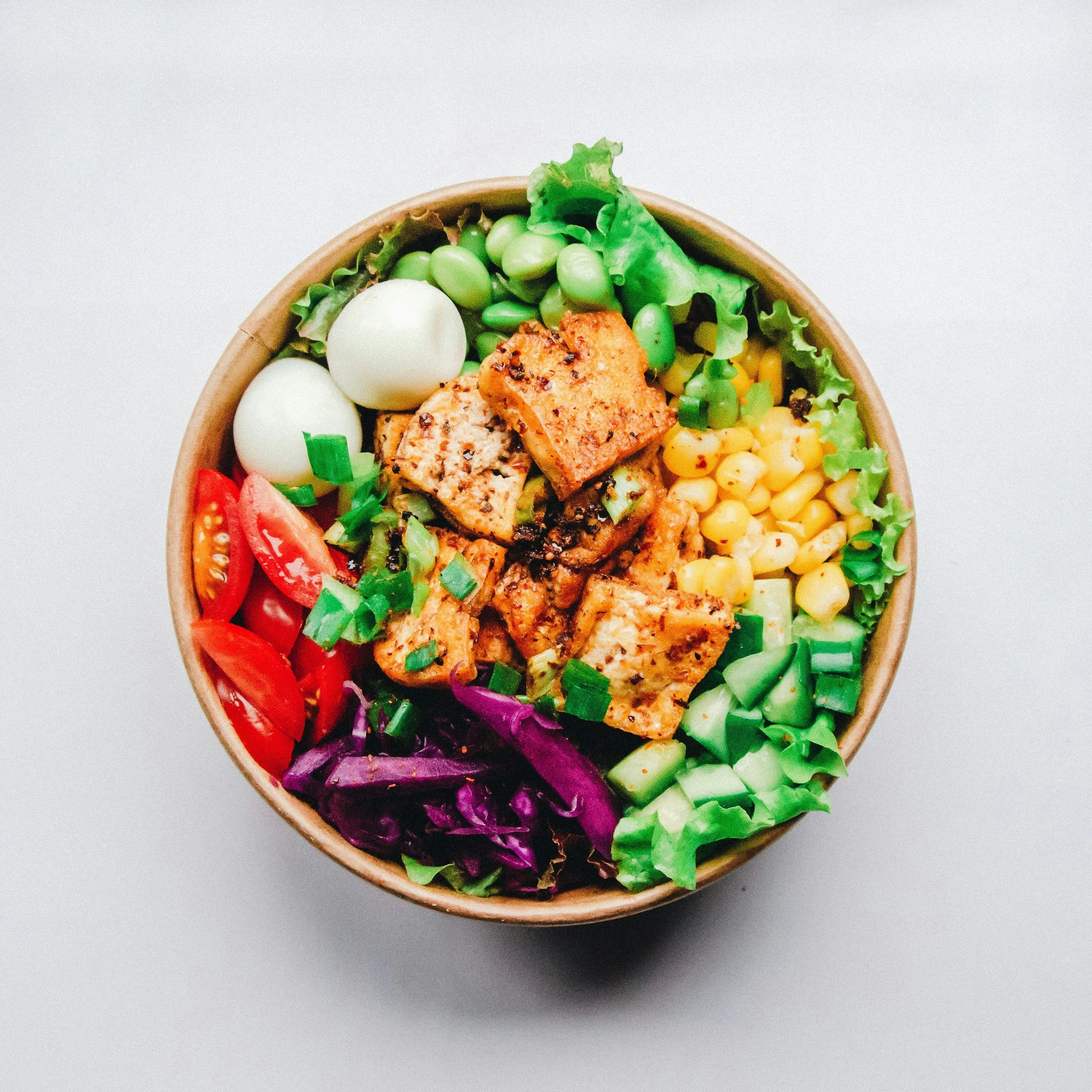healthy vs processed food.
Approximately 40% of calories consumed in Australia come from “Ultra-Processed” foods, making them one of the most utilised forms of energy source. High consumption of ultra- processed food is associated with a 79% risk and 30% substantial risk of obesity and abdominal obesity, increasing the risk factor for cardiovascular disease, high blood pressure, sleep apnoea, Type 2 diabetes and musculoskeletal conditions.
Knowing what foods are classed as “ultra-processed” can help us prioritise our focus and lead to improved nutrition and overall health.
The Center for Epidemiological Studies in Health and Nutrition, School of Public Health, University of Sao Paulo, Brazil, designed the NOVA Food Classification system, which helps people group foods according to the processing they experience.
The four groups are:
• Unprocessed and minimally processed,
• Processed culinary ingredients,
• Processed,
• Ultra-processed,
Use this checklist to spot the difference between minimally processed, processed, and ultra-processed foods and develop a sense of understanding around food labelling.
Group One: Unprocessed & Minimally Processed
Unprocessed or minimally processed foods are whole- foods with intact vitamins and nutrients, often in natural or nearly natural conditions. Unprocessed or natural foods are taken directly from plants or animals and do not get altered following their removal from nature.
Minimally processed foods get modified by removing inedible parts, drying, fermentation, crushing, roasting, boiling, freezing, or pasteurising to make them appropriate to store and safe to ingest. That process does not add oils, fats, sugar, salt, or other substances to the original food.
The list includes fruit, vegetables, nuts, seeds, rice, grains of wheat, oats and other cereals, dried or fresh pasta, lentils, chickpeas, beans and other dried legumes, eggs, fish, milk, meat, 100% fruit juice, tea of all types, coffee, spices, dried herbs, and tap, spring, and mineral water.
Group Two : Processed Culinary Ingredients
Processed culinary ingredients are products extracted from natural foods or nature by pressing, grinding, crushing, pulverising and refining.
As long as they get used in moderation in culinary preparations based on natural or minimally processed foods, they can contribute to eclectic and delicious diets without rendering them nutritionally unbalanced.
In saying this, some can be highly processed, such as rancid vegetable oil, or derived from low-quality sources, damaging our health. Try to choose high- quality culinary ingredients.
The list of processed culinary foods includes oils, fats such as butter, vinegar, sugars, salt, honey extracted from honeycombs, and coconut fat.
Group Three : Processed
Processed foods are changed from their natural state by adding salt, oil, sugar, or other enhancer substances and often have two or three ingredients.
It can be easy to forget that freshly made, crusty artisan sourdough and canned chickpeas are still processed, containing multiple ingredients, but that doesn't necessarily make them "bad."
The list of processed foods includes canned fruit in syrup, canned fish like sardine and tuna with or without added preservatives, canned or bottled legumes or vegetables preserved in salt (brine) or vinegar, or by pickling, freshly-made (unpackaged) bread, beer, cider, and wine, cured meat, bacon, and fresh cheese.
Group Four : Ultra Processed
Ultra-processed foods include substances extracted from other foods, such as fats, starches, added sugars, and hydrogenated fats. They may also contain synthetic additives like artificial colors and flavors or stabilisers. These foods include soft drinks, frozen meals, processed meat, fast food, packaged cookies, cakes and salty snacks.
Studies show that nutrient availability in the small intestine is affected when food is ultra-processed because the plant properties and animal cells of the foods get altered. Destructive health issues arise when ultra-processed foods replace unprocessed and minimally processed foods that contain vital nutrients for your health.
It can be easy to spot ultra-processed foods because they usually contain numerous ingredients you'd never use in your kitchen.
How To Quickly Identify Highly Processed Foods;
A helpful way to identify an ultra-processed product is to check if its list of ingredients contains items characteristic of the ultra-processed food group (four). But you can use this checklist to identify them faster:
Does it list salt or sugar as the second ingredient in a long list of unrecognizable ingredients?
Does it contain high-fructose corn syrup?
Does it contain hydrogenated or interesterified oils?
Does it have aggressive branding and marketing throughout the store?
Does it contain additives designed to make the final product palatable or more appealing (such as flavours, flavour enhancers, colours, emulsifiers, emulsifying salts, sweeteners, thickeners, anti- foaming, bulking, carbonating, foaming, gelling and glazing agents)?
Ten Healthy Swaps For Ultra Processed Food
Swap sugary breakfast cereals for rolled oats.
Swap sweetened yoghurt for plain or Greek yoghurt.
Swap frozen pizza for homemade pizza.
Swap chicken nuggets for homemade crumbed chicken.
Swap sausages for lean meat.
Swap frozen sweet potato wedges for fresh sweet potato cut into wedges, sprinkled with paprika, and baked in the oven.
Swap potato chips for plain air-popped popcorn.
Swap soft drink for mineral water infused with a squeeze of lime, lemon or crushed strawberries or raspberries.
Swap mayonnaise for avocado with a squeeze of lemon.
Swap muesli and energy snack bars for mixed unsalted nuts.
The Upshot;
Aim to consume mostly natural and or minimally processed foods and freshly made meals. Be wary, but not fearful of processed foods and always read food labels now that you know the dynamic range of foods within those groups.
Avoid or limit ultra-processed foods when possible to have the most positive impact on your health and longevity.
If you would like advice and support to transform your eating habits and maximize satisfaction, speak to Future Days about our custom nutrition coaching services.
Read more about our services on our Nutrition page, or book your Body Blueprint Consult here.






